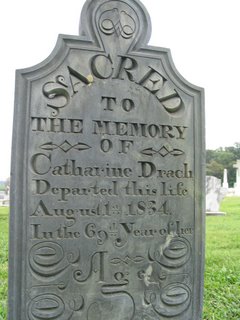Summer Fire and the After Effects
 When we visited the Absarokee in June the region of the Stillwater Valley was green and lush. While we were visiting it rained two inches and the streams were running full. When we moved out in late July and it was hot and dry. The region had not received any rain since we last visited in June; the green landscape had turned brown. The only green to be seen were the irrigated areas.The region has been suffered drought since 1999.
When we visited the Absarokee in June the region of the Stillwater Valley was green and lush. While we were visiting it rained two inches and the streams were running full. When we moved out in late July and it was hot and dry. The region had not received any rain since we last visited in June; the green landscape had turned brown. The only green to be seen were the irrigated areas.The region has been suffered drought since 1999.It was in late August when the Derby Fire broke out. This landscape is tender dry and all it took was one dry lightening strike up in the mountains to ignite bone dry grass and timber. The Derby Fire started on Tuesday, 22 August. It "blew up" and threatened the town of Absarokee on Wednesday 30 August. On Friday 15 September we received 2+ inches of rain and the fire threat has dissipated. It was an act of nature that started the fire; it was an act of nature that ended the threat of fire.
Fire is a part of life here in Montana, like hurricanes are a part of life on the Gulf Coast. We can never prevent it, but we can proactively protect ourselves from the possibility of experiencing the heartbreak of fire destroying our home. The sad part is that these lessons are learned the hard way when fire destroys someone's home. The saddest part is when fire destroys the livelihood of ranchers who lose pasture, their hay and they have no way to recover their loss. You can insure your house, how do you insure pasture, fences or hay?
This is where I work to try and find a way to help those who could use some relief, be in economic, financial, or emotional. What ranchers need is hay, they need to replace fencelines burned up by the fire, and they need relief from immediate financial obligations. One proposal is to offer "No Cash for Gas" If money can be raised to subsidize rancher's cost for gas they can use their financial resources for other things such as fencing or hay.
If you all have any comments or suggestions concerning relief for afflicted ranchers, let me know.
RKL



